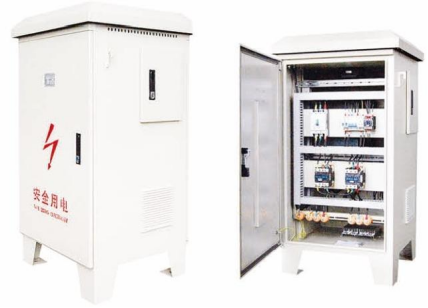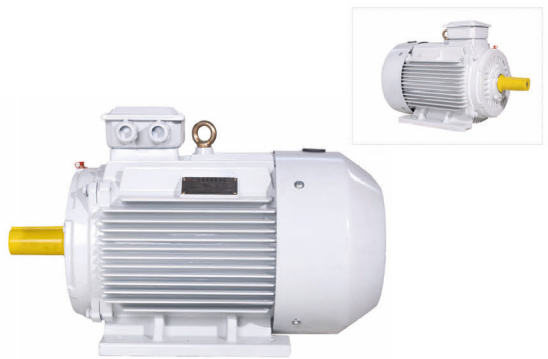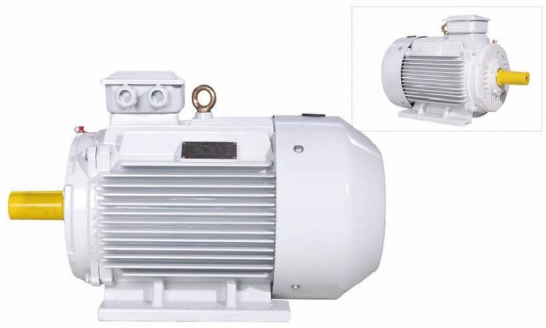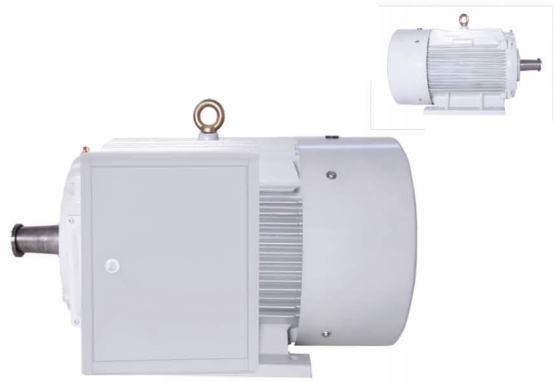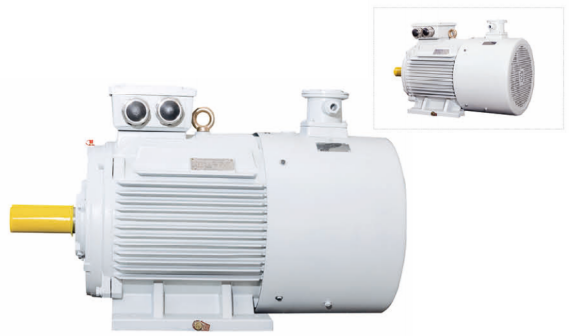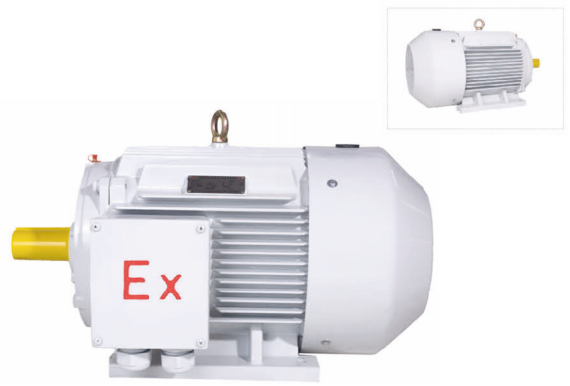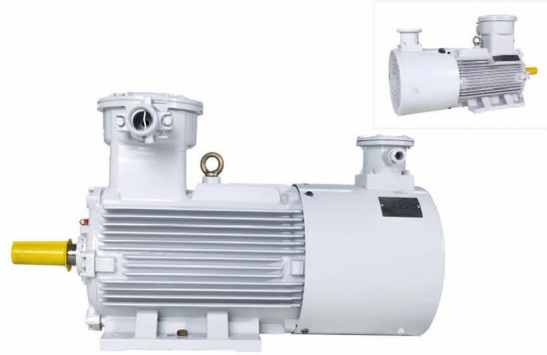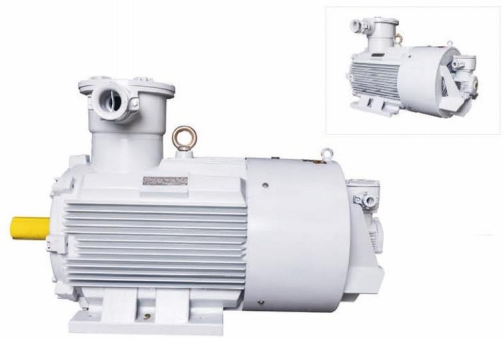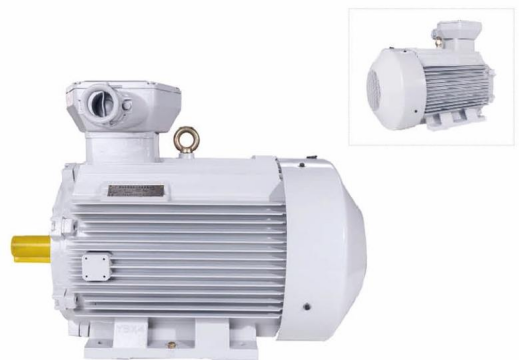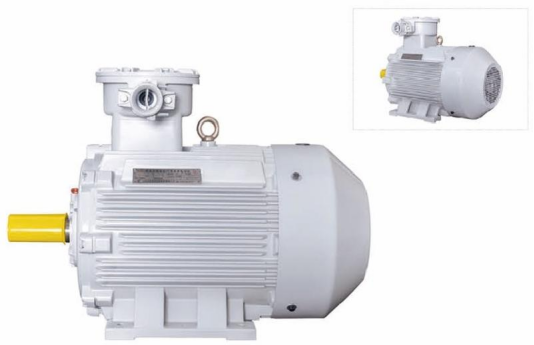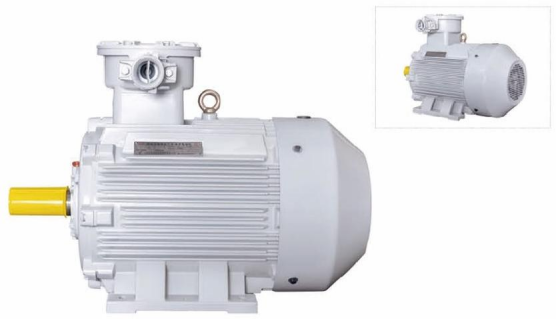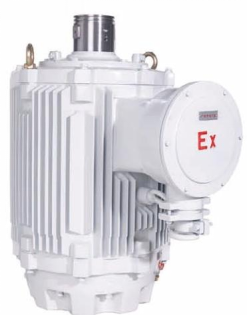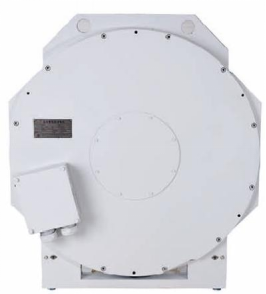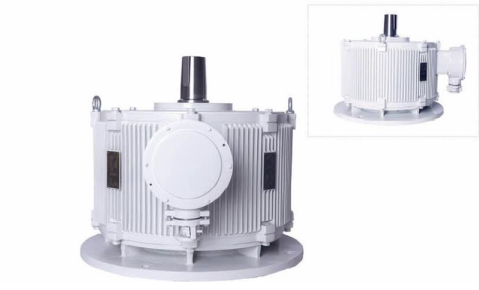Wedoany.com Report-Apr. 13, At the International Renewable Energy Conference and Expo held in Victoria Falls on April 9, 2025, Zimbabwe’s Mines and Mining Development ministry emphasized the importance of collaboration in developing energy storage systems and enhancing value-addition for the country’s abundant lithium resources.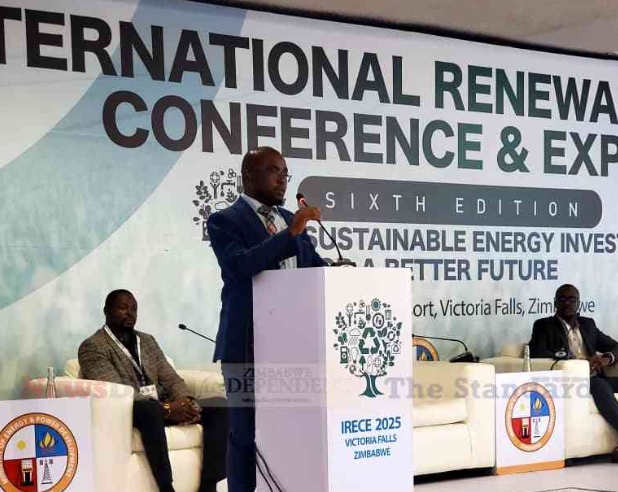
Hillary Mukodzani, an energy minerals officer, highlighted the need to capitalize on Zimbabwe’s position as Africa’s leading lithium reserve holder and a key global producer. He noted that a 2023 policy restricting the export of unprocessed minerals has spurred efforts to strengthen local industries. “Globally, we are working towards achieving net-zero emissions by 2050. According to the International Energy Agency, demand for critical energy transition minerals will triple by 2030, with lithium demand expected to increase eightfold and graphite and nickel demand rising sevenfold,” Mukodzani said. He explained that the government is focusing on producing lithium salts, such as carbonates and hydroxides, to support the creation of a local battery manufacturing sector, with plans to establish a mines-to-energy park in Mapinga by 2027. “Zimbabwe has all the necessary raw materials for lithium battery production, including lithium for the cathode and graphite for the anode,” he added, encouraging companies to submit beneficiation plans during licensing to ensure minerals are exported in their highest value-added form.
In a parallel presentation, John Chikeya, an engineer from the Zimbabwe Electricity Transmission and Distribution Company, shared progress on the country’s net metering initiatives. He reported that Zimbabwe exceeded its 2024 target of 50 megawatts, achieving 59.3 megawatts of net metering capacity by April 2025, with 32 megawatts already contributing to the national grid. “Last year, we set a 50-megawatt capacity for net metering and many thought it was ambitious. However, in November, we surpassed that goal, reaching 53 megawatts of net metering capacity connected to the grid,” Chikeya said. He highlighted the role of solar energy in powering industrial and commercial operations during peak hours and outlined plans to integrate battery storage systems. “What is even more exciting is the integration of battery energy storage with net metering. We can now store excess solar energy generated during the day and use it during peak hours to reduce load shedding,” he noted. A pilot project for an 1,800-megawatt-hour battery storage system is underway, with further exploration of advanced net metering to benefit households without solar installations.
Titus Koech, head of technical energy storage systems at Jinko Solar, stressed the importance of investing in energy storage solutions. “The ESS is a critical component of our project. We have designed and developed an advanced ESS that meets our energy needs and provides various benefits,” he said, adding that technologies like artificial intelligence and machine learning are being utilized to enhance system efficiency. Koech urged local investors to prioritize energy storage to maximize the benefits of renewable energy.
These efforts reflect Zimbabwe’s commitment to leveraging its mineral wealth and renewable energy potential to foster sustainable growth and energy independence.
